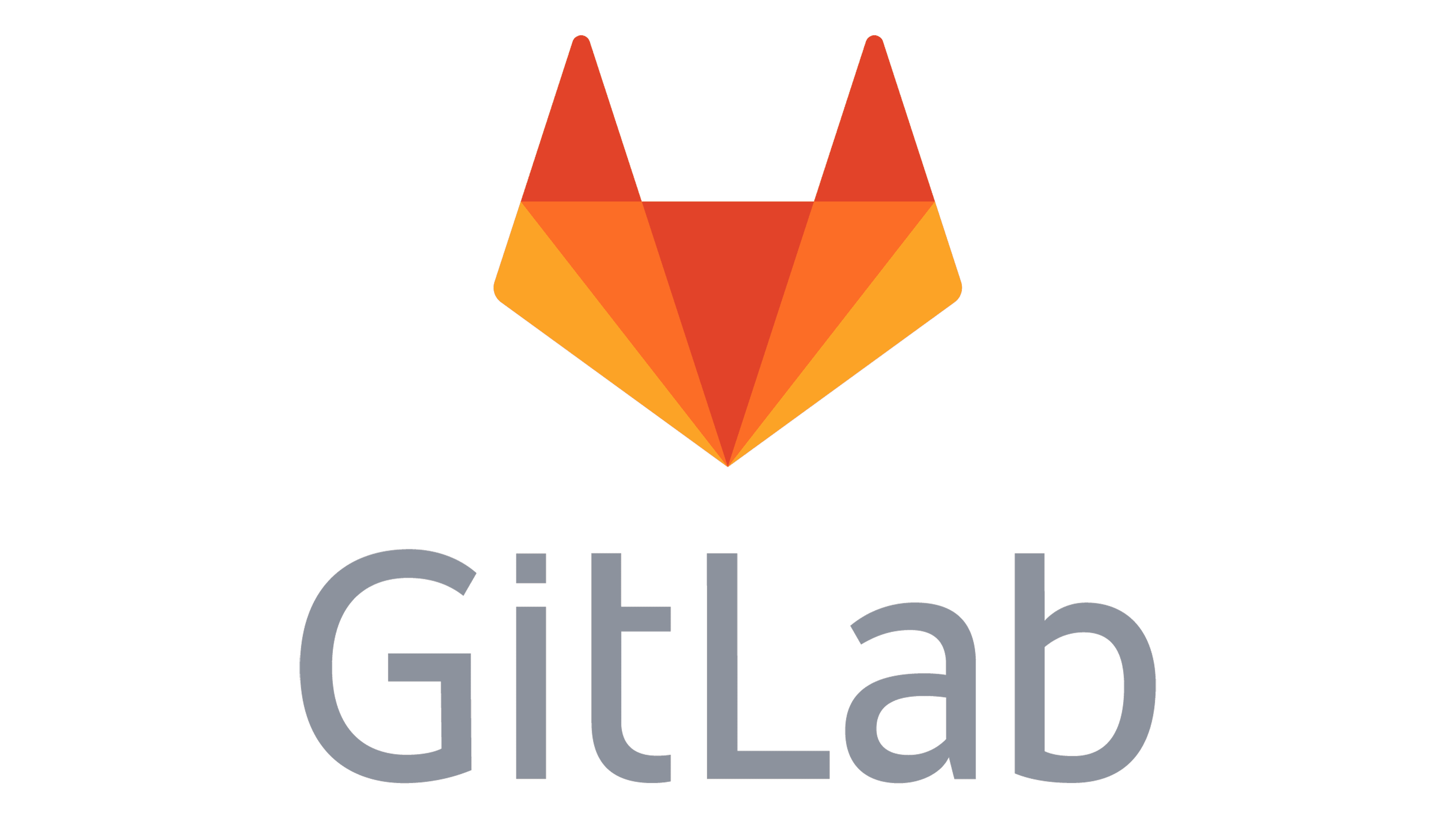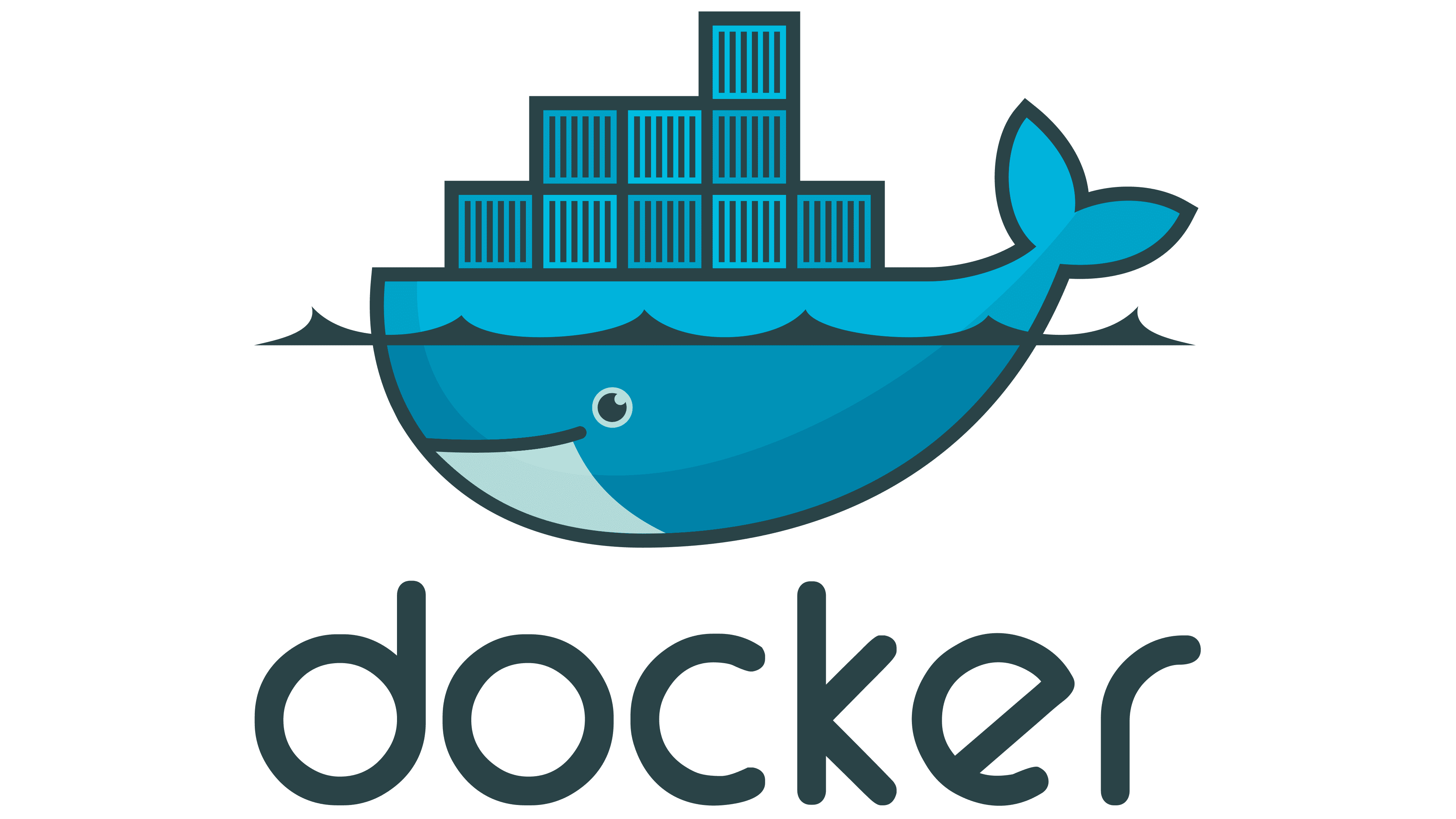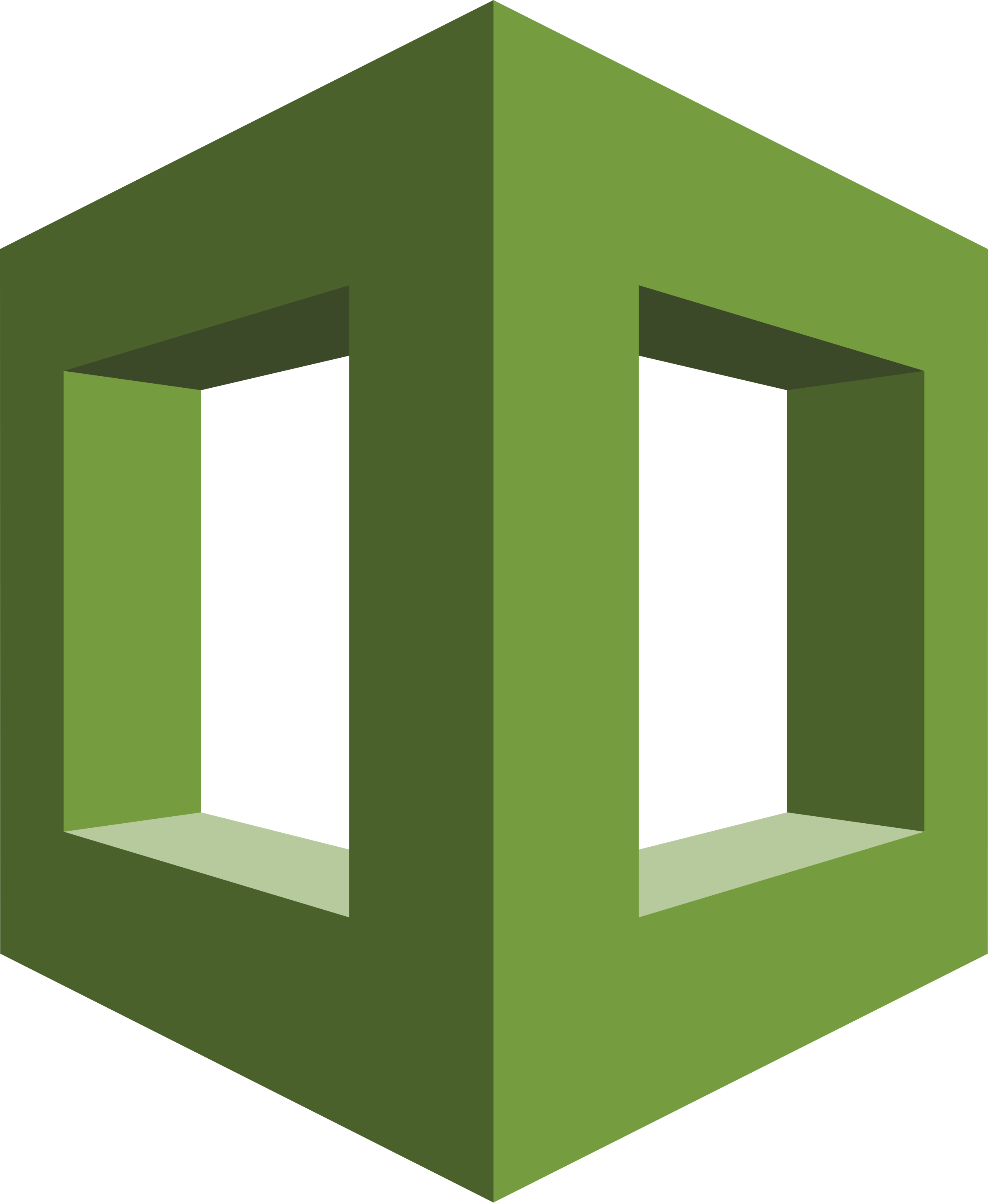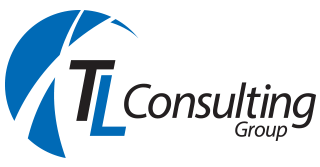DevSecOps Implementation
Education and Training ProviderCase Study – Education and Training Provider
Background:
The “Student Management Services” SMS program is a critical problem established to migrate the different platforms that are being used to manage the students’ information into the clients VPC. One of these platforms were Oracle SOA suite which is used as an integration layer across the client and external parties. Our client had critical issues with this current setup that they were targeting to resolve within the scope of the migration:
Legacy apps and processes: Faced with escalating costs, the client was nevertheless circumspect about architectural changes and containerisation – there was concern around legacy apps (such as Oracle SOA) and immature DevOps practices required to underpin infrastructure-as-code models
High Cost: the client used a “lift and shift” to cloud model to migrate to cloud which was not cost efficient. The entire application and infrastructure stack was replicated to provide fault tolerance, leading to high costs
No Control: The client had minimal control over the environment as it was hosted on a partner’s VPC
Manual Failover: Oracle’s High Availability model was implemented using an Active-Standby model of the full setup causing waste of compute resources and required a manual trigger to switch. This caused unacceptable downtime.
Scope:
The purpose of this DevSecOps engagement is to deliver a to-be target state solution that is within the client's VPC to solve the problems with the current setup and achieve the desired outcomes in AWS cloud. The target solution must be aligned to security governance and controls, is highly scalability and must have zero fault tolerance / high availability model. The target state solution will aim to deliver automated/streamlined capabilities across the SMS Program stream.
Outcomes:
Successfully designed, implemented, and operationalised a solution that supports the following characteristics:
Version controlled Infrastructure-as-code: TL Consulting worked with internal teams to design and build an automated Build/Test/Deploy pipeline
Application Modernisation: The entire solution was Application Modernisation, dispensing with the need to maintain on premise infrastructure
Self-healing: The Kubernetes containers hosting the applications automatically rebuild themselves whenever they become faulty or unavailable
Maximum Scalability: Kubernetes automatically creates and erases container instances in line with demand. Rather than having to pay for a predetermined peak virtual server capacity, our client now pays only for what is required to provide service, with minimal wastage
Zero Downtime: Kubernetes ability to self-generate allows failover occurs automatically and almost instantly, rather than manually as was the case previously - This resulted in the following:
60% reduction in cloud spend when compared to the cost of running the old high availability pair
Application development and infrastructure-as-code are rapidly converging, and correct DevOps practices are the common denominator
It took one hour to deploy the full system including infrastructure reduced from several days
Zero downtime deployment and high availability with only active components compared to active-standby

Activities:
Overarching services include Solution Architecture & Design, Infrastructure, and build, deploy and test services. These following activities took place:
Provide advisory services in the CICD/DevOps and Architecture domain.
Define infrastructure and orchestration architecture in-line with target state model. i.e., Application Modernisation, Infrastructure as code, Docker, and Kubernetes.
Deliver environment automation model i.e.: AWS CloudFormation & Amazon EKS.
Integrate in scope application/technology builds into a CI/CD pipeline for the application and infrastructure.
Implement Docker containers to enable and standardise the build, deployment, and orchestration in the workspace.
Ensure the defined automation model is standardised and repeatable.
Align to agreed Security Architecture and governance standards.
Define implementation approach and success criteria in line with business outcomes.
Definition of a strategy and roadmap to help the organisation meet its DevOps strategic objectives
Setup the Toolchain & Pipeline Design
Continuous Delivery and Infrastructure automation.
Test Automation & CI Uplift
Services included:
Gitlab, AWS EKS, Cloud Formation, Docker, Kubernetes, Service Now, and AWS Identity management.

Uplift your DevSecOps capability today
Contact Us
TALK TO AN EXPERT
PAGES
OUR DETAILS
SYDNEY
Level 14, 345 George Street
Sydney NSW 2000
© 2024 TL Consulting Group. All rights reserved.





